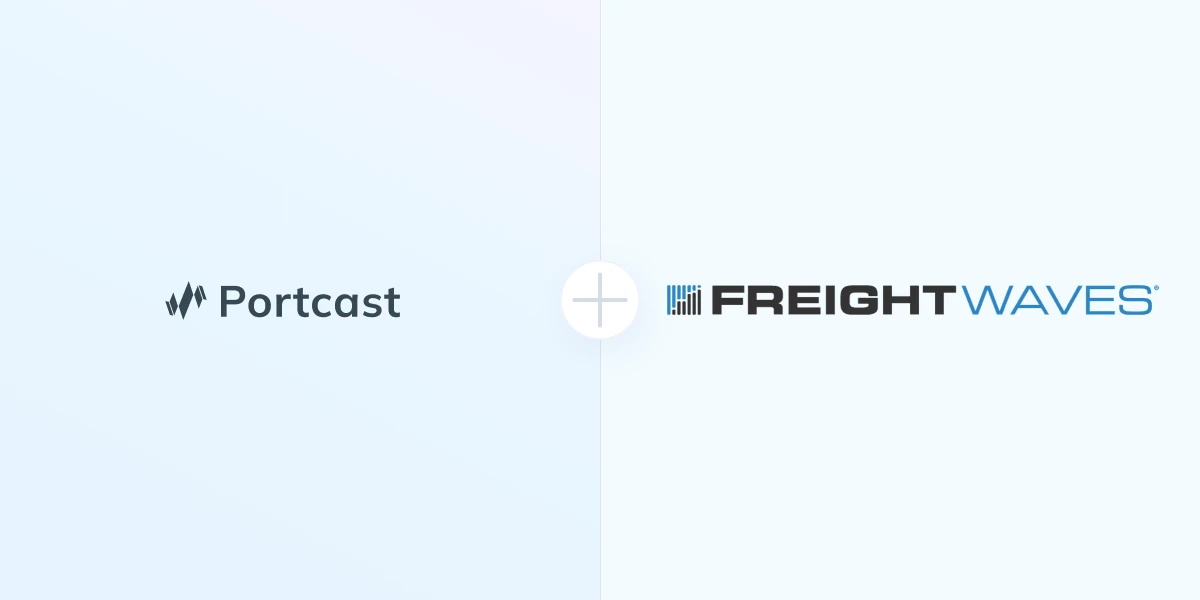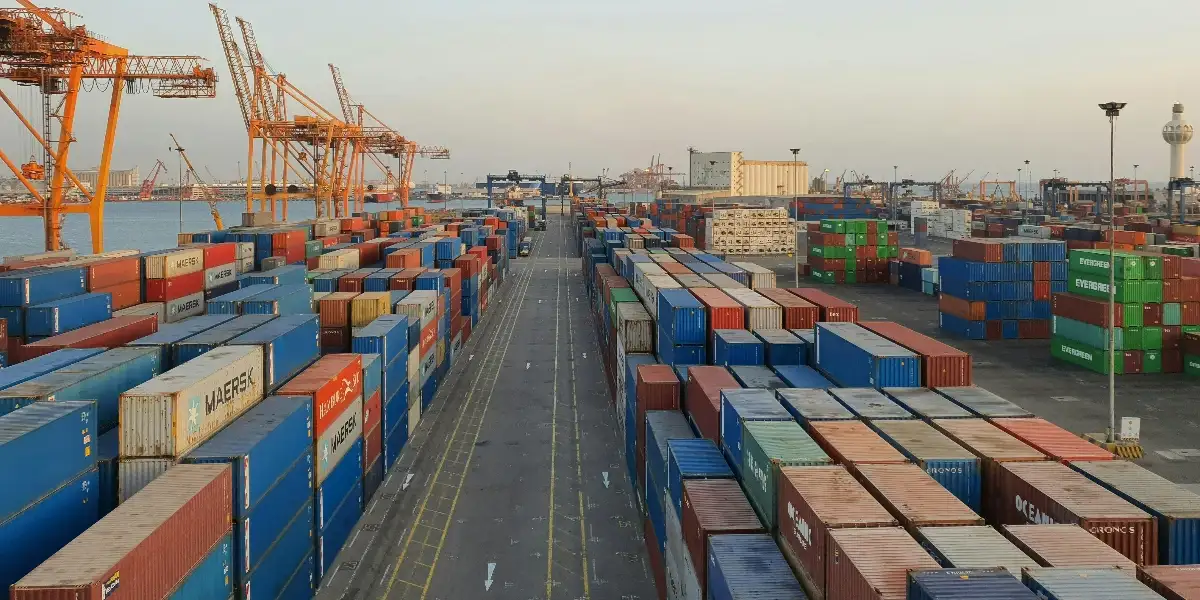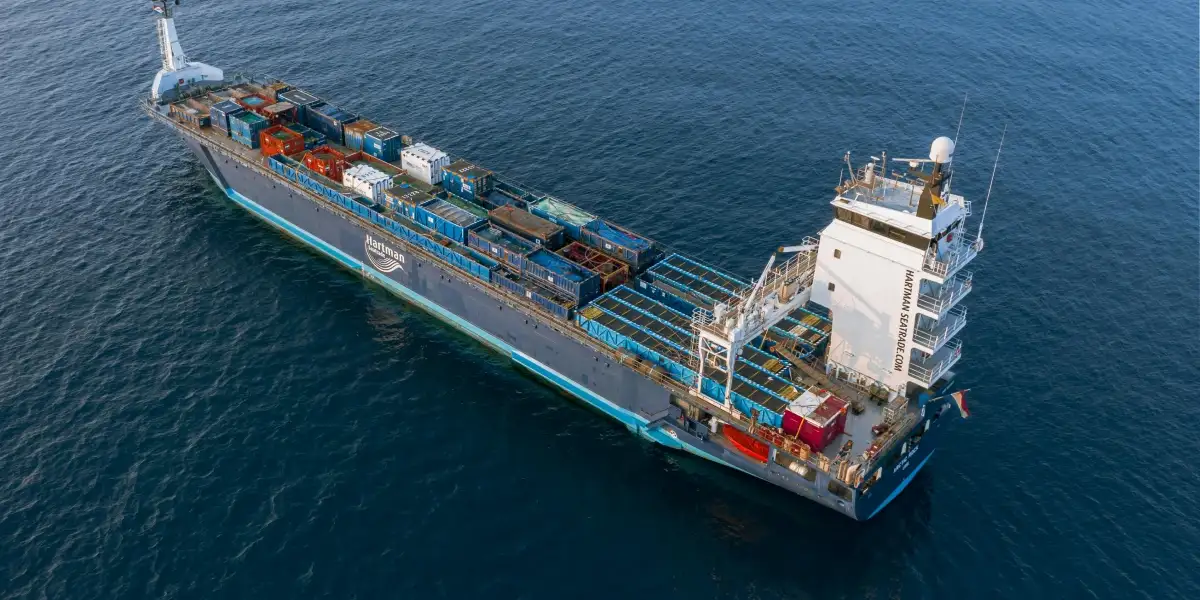In February 2023, a devastating earthquake on the border between Turkey and Syria caused extensive damage to several Turkish ports. The Port of Iskenderun in the southern province of Hatay was hit particularly hard, with the port authority suspending all operations. In the aftermath of the event, many leading global container shipping lines were forced to reroute their services to nearby hubs, including the Port of Mersin in Turkey and the Port Said in Egypt.
Even over a month later, the ripple effects of the incident are still being felt across the region.
This blog post explores how utilising multiple ocean data sets can help predict and contextualise delays in real-time, enabling better downstream communication and improved customer service for businesses impacted by such incidents.
Average Wait Time for Vessels at the Port of Mersin More Than Doubles in Six Weeks
The Port of Mersin is a significant port located in the Mediterranean region of Turkey. It is an essential gateway for international trade, connecting Turkey to Europe, Asia, and the Middle East. With its strategic location and extensive infrastructure, the port has become a key hub for the shipment of various goods, including containerised cargo, bulk cargo, and liquid bulk cargo. The port handles an annual average of 14 million tons of cargo, making it a vital component of the Turkish economy and an essential data point for companies involved in shipping and logistics.
The Port of Mersin has recently experienced increased congestion, resulting in longer vessel wait times. Our latest data shows that the average waiting time was at its peak, 5.4 days, on the w/c 13th March and has since decreased to an average of 3.8 days as of the w/c 20th March.


With more shipping lines re-routing their cargo to the port throughout February, we observed a significant increase in average waiting time from 2.4 days during the w/c 6th February to 5.2 days during the w/c 13th March.

For context, the average wait time was consistently below two days six months earlier, in October-November 2022.

All in all, weeks after the earthquake, the levels of port congestion at Mersin were getting worse since more and more shipping lines re-routed their cargo into the port of Mersin.
Contextualising Vessel Delays: Live Example Shows Predictive ETA & Delay Reasons in Action
Now, let's look at a live example of how our feature has helped predict and contextualise the reason for a delayed vessel arrival at the Port of Discharge.

- 26th February: a shipment from Guayaquil to Mersin (via transhipment in Marsaxlokk) departed on board the first vessel, OLIVIA I. Latest Carrier ETA at the Port of Mersin is 8th March.
- 17th March: OLIVIA I arrived at the transhipment port in Marsaxlokk. The container was loaded onto the second vessel, CMA CGM Fort St Pierre, on March 19th.
- 20th March: CMA CGM Fort St Pierre departed from Marsaxlokk. The latest Carrier ETA is now updated to 25th March (that is 17 days later than the ETA communicated at the point of departure).
- 22nd March: Portcast detects the vessel's arrival at Mersin anchorage. Our system flags this vessel & port due to the higher-than-normal levels of port congestion at the port. Portcast Predictive ETA recommends 27th March since the vessel is expected to spend 87.97 hours (approximately 3.7 days) waiting at the anchorage before its arrival. The latest Carrier ET is 29th March.
- 27th March: Vessel arrival at port 06:32 LT (UTC +3).

Anticipating Delays and Disruptions: Why Real-Time Tracking and Predictive Capability Are Essential for Effective Exceptions Handling
Although predicting the occurrence of natural disasters like earthquakes is outside of the scope, we can still analyse and interpret the aftermath and how it affects the vessel & container arrival times. By doing so, we provide insights to help shippers take proactive measures to mitigate any negative impacts on their operations.
Shippers can reap several benefits when managing ocean exceptions by using real-time tracking in conjunction with predictive capability.
- Obtaining more accurate arrival time estimates, even in the face of port congestion, can help you improve operational planning and proactive exception management when handling incoming shipments.
- When booking shipments, tools like our Port Congestion Tracker can help you make more accurate ‘guesstimates’ about the final time of arrival or departure at any given port globally.
- In the event of a significant calamity or disruption, Portcast's predictive ETA can be a powerful backup option for scenario planning, used on top of the latest ETA communicated by the carrier. You can use both values to develop a range of possible outcomes and communicate back updated timelines to your customers days before the arrival.
Sounds interesting?
Contact our Visibility Experts to schedule a complimentary consultation and learn more about Predictive ETA, Delay Reasons & Incidents or Port Congestion Data Sets. We are also giving away complimentary access to our Port Congestion Tracker, allowing you to access data for select ten ports for free.







